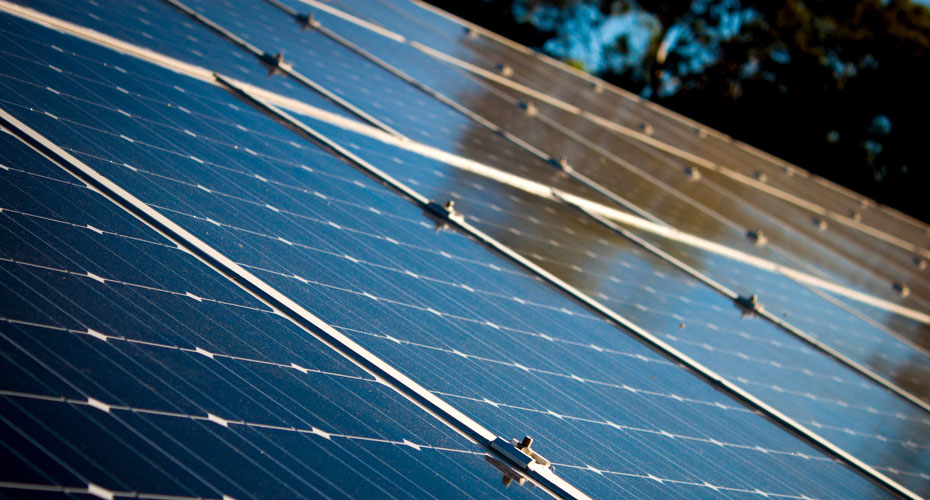Solar fuel
Contact: Dr Asif Tahir
What is solar fuel?
Clean energy and sustainable environment are significant challenges that the world is facing. Research into transportable and storable fuels (solar fuel) from renewable resources can make a vital contribution to address these challenges.
Solar fuels such as H2 produced from renewable resources (water and sunlight) and chemicals such as methanol, ethanol, methane and syngas, produced by photoreduction of CO2, can make solar energy highly distributable, from small- to large-scale applications.
Solar fuel includes fuels in which energy from the sun has been stored in a chemical band of a compound. An ideal technology for producing solar fuel using sunlight and water is artificial photosynthesis, which aims to emulate natural photosynthesis using man-made materials. Artificial photosynthetic conversion of solar energy to chemical (solar) fuel will be a vital future energy carrier.
Cost-effective solar fuel production
We are working on the fundamental material challenges which hinder cost-effective solar fuel production. We are designing new materials with suitable bandgap, bandedge positions, efficient charge separation and transport properties, stable and cost-effective fabrication for spontaneous water splitting and CO2 photoreduction for solar fuel generation.
Our material design strategies involve:
Computational simulation of semiconductor materials is a powerful tool to understand the optoelectronic properties of materials which provide a firm pathway to design novel materials. Density functional theory (DFT) calculations provide accurate description of band structure and charge localisation in relevant band states of a material.
Electronic properties, ionic radius, crystal structure and prediction based on first-principle calculations are essential to design and develop novel photocatalyst materials.
A range of computational software such as Gaussian 09, Quantum Espresso, and QuantumWise-ATK are used to simulations of Band structure, DOS, PDOS, energy level diagram, charge analysis phonon coupling and interface interaction.
Methods of nanoarchitecture (1D, 2D and 3D) controlled material synthesis must be developed in accordance with green chemistry and be compatible with device manufacture to ensure that green principles are followed throughout the fabrication and scale-up process.
Our in-house developed green chemistry top-down material fabrication approach employs direct deposition from the vapour phase, which provides increased atom efficiency and reduced waste production. Hence we are investigating the potential variants of chemical vapour deposition such as AACVD, APCVD, AATVD, for use in 'green nanotechnology'.
Our fabrication also includes other state-of-the-art spray pyrolysis (SP) electrodeposition (ED), hydrothermal and sol-get routes.
The organic pollutants in industrial effluent are classified as bio-recalcitrant. Biological processes are not able to biodegrade these pollutants due to their antioxidant properties, high chemical stability and low biodegradability. Thus, a low energy and cost-effective process is required to degrade the pollutants.
Advanced Oxidation Processes (AOPs) based on sunlight photocatalysis are an emerging cost-effective technology, which utilise solar energy and degrades the organic content present in the wastewater to non-toxic natural compounds. Depending upon chromophore (N=N, C=C, C=O) and auxochrome (-OH, -NH2, -NR2,-CHO, -COOH, -SO3H) functional groups, we design appropriate semiconductor photocatalysts for complete decomposition of environmental pollutants.

